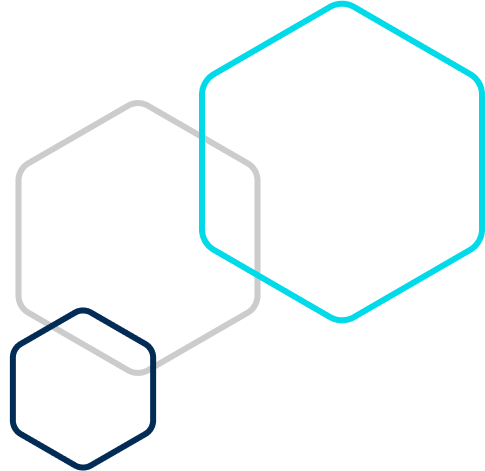
December 12, 2023
The field of artificial intelligence has witnessed a new milestone with the introduction of Orca 2, the successor to the original Orca model. This advanced AI language model has been fine-tuned to perform complex reasoning tasks — a feat typically expected from much larger models with tens of billions more parameters. With sizes of 7 billion and 13 billion parameters, Orca 2 stems from the LLAMA 2 models and has outperformed its predecessors and larger competitors alike in benchmarks aimed at assessing a range of reasoning skills. Orca 2's training approach sets it apart. By using a strategic and high-quality synthetic dataset, this model has learned various complex reasoning techniques, such as step-by-step processing and multi-faceted problem-solving approaches. The training data, derived from a more capable teacher model, instructs Orca 2 not just on the solutions but also on the underlying strategies for approaching reasoning tasks. In testing, Orca 2 faced over 15 benchmarks, comprising roughly 100 tasks, and excelled, establishing its competence in zero-shot settings where it has no prior exposure to specific questions or contexts. The potential implications of Orca 2's capabilities are vast, particularly considering the efficiency it brings to the table. Smaller models like Orca 2 are essential in scenarios that demand a balance between capability and computational economy. While it exhibits some limitations and has not undergone reinforcement learning from human feedback (RLHF), Orca 2's success in reasoning tasks and the strategic use of synthetic data for its training mark significant progress in AI development, hinting at a future where even smaller AI models could be trained to perform tasks once thought to be within the exclusive realm of larger, more complex systems.



Take the first step toward harnessing the power of AI for your organization. Get in touch with our experts, and let's embark on a transformative journey together.
Contact Us today